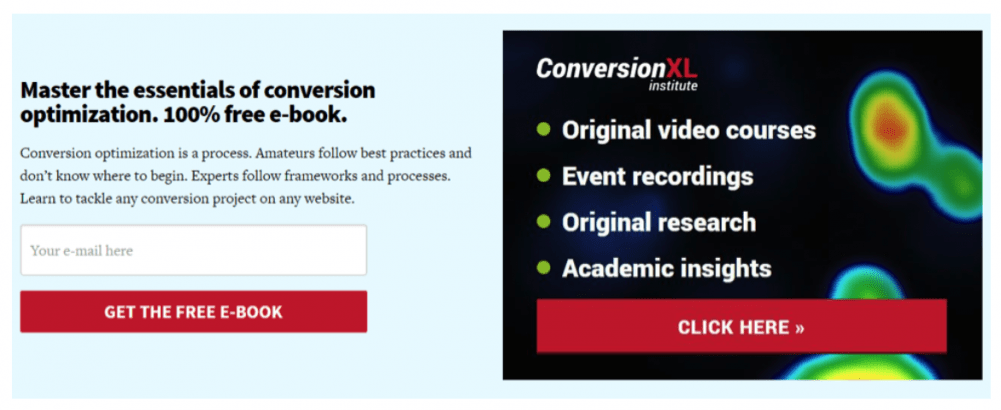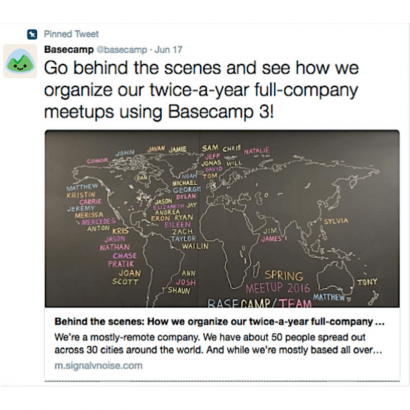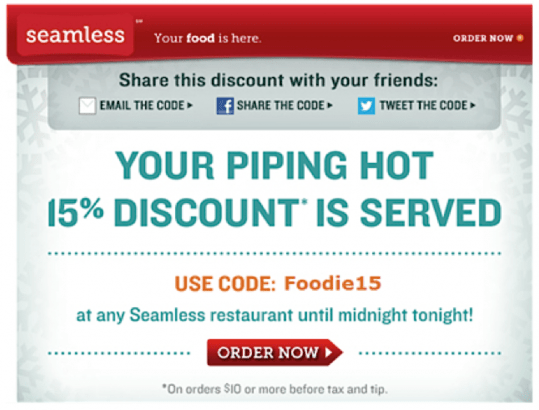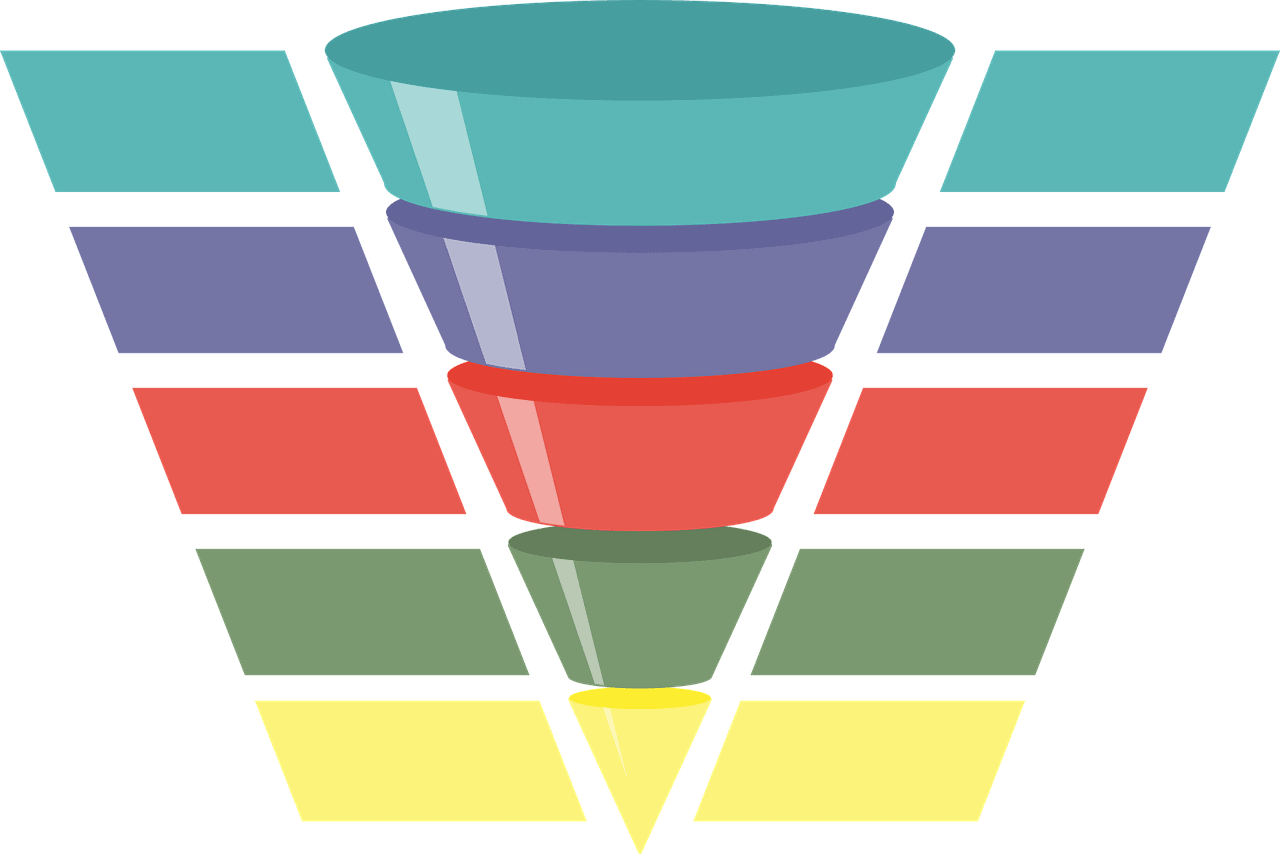A successful marketing funnel can make all of the difference between a thriving business and a struggling one. Maybe you are getting your prospects into your funnel, which is great, but if they aren’t staying, then all of your work to get them there isn’t paying off.
When a visitor lands on your website, the odds are they have a problem or a challenge and are looking for an effective solution, in fact, immediate needs drive over half of all purchases. By addressing these issues and providing your potential consumers with exactly the right information, you are creating a pathway for them to continue to move smoothly through the buyer’s journey.
By offering a solution rather than pushing for a plain hard sell, your product or service is going to do most of the “selling” work for you.
Use these steps as a guide to help you identify what pain points lie ahead within each stage, and what content should be paired directly with them for a smooth purchasing process for your potential consumers.
The Awareness Stage
In this beginning stage, buyers are curious about your product or service, and are starting to recognize they might have a challenge they need to overcome.
You can’t fix a problem that you don’t know exists, so in this first stage it’s important to dig deep and identify your customers’ pain points. This requires a lot of research during the awareness stage, and in most cases, you will have to create that alert in your potential customers mind if they don’t think it’s a big problem.
Change is often motivated by some kind of need, challenge or problem. If a customer is interested in your product or services in the first place, there has to be a reason. Find out from the very beginning why they are contacting you and feel out their current situation.
A few questions you should uncover the answers to include: What system/solution are they currently using? Why isn’t it working for them? What would they like to see change?
Once you have the answers to these questions, you can adjust your approach to fixing their specific problem. This will show the customer from the get-go that you are on their side and you already have a comprehensive understanding of the challenges they face.
Your content in the awareness stage must be focused on providing information, a high percentage of the audience at this stage are in the information gathering process, this means they are not ready to make a purchase decision, so your content must be sensitive towards this mindset.
Produce helpful and engaging content— blog posts, social media posts, webinars, comprehensive guides, and other forms of content so that your audience will come to trust you and recognize your brand as a thought leader in the industry. You should aim to become their go-to resource on the topics you’re covering consistently.
For instance, ConversionXL, a conversion optimization company, launched the ConversionXL Institute to provide valuable content like exclusive research and ebooks to their audience. This way their potential customers have the opportunity to opt-in and receive helpful and educational content straight to their inbox.

The Consideration Stage
As the prospect moves downwards into the funnel, the approach will start to narrow. At this stage, you’ll want to simplify the main topic or message and make the sales process more personalized to each of your prospects.
At the consideration stage, your leads have already formed a relationship with you, so use that relationship to your advantage and start gathering helpful information from them. They have clearly committed to finding a solution to their pain point, so it’s your job to remind them that you’ve been helping them from the beginning.
The pain-points in the consideration stage usually come from reservations about all of the options out there, also known as fear of missing out. This is where sales teams come in and kill those fears by providing information that shows exactly why your brand is worth investing in. They aren’t missing anything because your brand has all the answers.
Find out exactly what their reservations are in moving forward. Keep your friendly demeanor and act as if you are talking to your friend about their problem. The minute you get too pushy is the minute they decide to leave and go to your competitors. Find the right balance between listening and relaying information to address their hesitations.
During the consideration stage, identifying pain points can be a challenge for B2B marketers, as you don’t want to come off as pushy by demanding information from your customers. Creating content to support the consideration stage can come be even more difficult than the previous stage. Keep it simple and get right to the point. Instead of reminding them of their current problems, emphasize the solutions your product or service provides.
This can be achieved through tutorial videos or blog posts that show in detail (with screenshots) how your products can be used to solve their problems. Since this is a very important part of your strategy, you should produce or repurpose content into videos, infographics, and podcasts.

Another way of educating your leads is to use customers testimonials. If the customer is well-known in the industry, the greater impact their testimonial will have on your leads.
This is a form of social proof that shows that your product has worked effectively for people in the past and has strong potential to work for your prospects too.
At this stage of the funnel, you have fewer people to manage, and you have the added benefit of this pool of leads already having a level of interest in your product. You must try to make your content as personalized to individuals as possible by also addressing any potential fear of missing out.
Here is a great example from Basecamp, a project management tool, displaying a case study of how their product was used.

Bonus tip – visualize your funnel
The Purchase Stage
Getting a lead to this stage is an achievement, but the sale is yet to be made, which means there is still a lot of work to be done. This is the stage where you analyze how your product will benefit your customers specifically to those needs and pain points they addressed way back in the awareness stage.
Given that you have established trust with them in both the awareness and consideration stages of the funnel, don’t hold back from recommending your product at this time, especially when it’s clear they are ready to make a purchase.
It’s time to highlight your product’s benefits. Better yet, show users where to go from here, offer a free trial if you’re selling a recurring solution, give a discount or offer free shipping if you’re selling a physical product. Talk them through exactly how this is going to solve those problems that you’ve kept in mind from the beginning with emphasis on a no risk factor.
Offer free trials of your product for a period of time or a discount to first-time customers to make this potential customer take an action.
For example, Seamless, an on-demand food delivery company, offered a limited-time discount to their customers and recorded a high conversion rate.

In addition to these deals, it’s important that your customer knows they are valued post-sale, just as they were in the awareness stage. Continue to extend a helpful hand by letting your customer know you are there for them if they have any questions, and point them in the direction of helpful videos, articles, or whitepaper instructionals.
This will leave your leads feeling valued, and they will now associate your brand with an extremely positive experience. You might even find that they are compelled to talk about their experience with your brand on social media or by word-of-mouth, only increasing your brand’s great reputation.
Conclusion
Throughout this process, you’ll learn a lot about your prospects—what they are excited about, as well as what they are hesitant about. You’ll build trust that will guide prospects through their journey as they gather information and make informed decisions to purchase from your brand.
When you have this essential information, it’ll be much easier to communicate your product benefits to the customers you have now, and in the future.
About the author
Ryan Gould
Vice President of Strategy and Marketing Services, Elevation Marketing
An expert search, social and content marketer, Ryan leads Elevation Marketing’s digital strategy department, helping brands achieve their business goals, such as improving sales and market share, by developing integrated marketing strategies distinguished by research, storytelling, engagement and conversion. With a proven track record of energizing brands, engaging audiences and managing multidisciplinary marketing teams, Ryan is a respected expert in achieving consistent results through creative design, thought-provoking narratives and innovative problem solving. You can reach out to him on LinkedIn or on Twitter!














